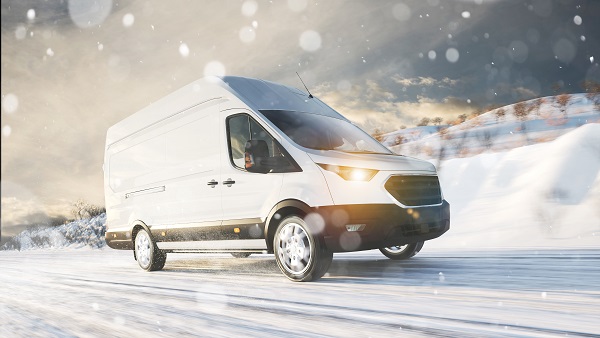|
|
 |
Oregon formally adopts Clean Cars II, setting a target date of 2035 to phase out sales of new gas- and diesel-engine cars, light trucks, and SUVs, with interim targets until 2035.
California and Washington have already cemented plans to phase out sales of new internal-combustion-engine cars, light trucks, and SUVs, with Washington being the earliest with a 2030 target year.
Several other U.S. states have now adopted California’s Clean Cars II framework but face a number of challenges in expanding EV infrastructure.
via Car and Driver
|
Carfax, the company that compiles vehicle history reports from various touchpoints in a car’s life, says its research shows more than 1.9 million vehicles on the road have had their odometers tampered with.
Percentage-wise, the fraud climbed most in Texas (15%), Florida and Arizona (12% each), North Carolina (7%), and Illinois and Pennsylvania (5% each). California, New York, Georgia, and Virginia finish the top 10 with less than 5% upticks.
Last year, the NHTSA told the New York Times, “Odometer fraud is a serious crime that costs Americans more than $1 billion annually.”
via autoblog
|
As of January 1st, 2023, a bunch of electric vehicles became newly eligible for the $7,500 tax credit, which passed into law as part of the $430 billion Inflation Reduction Act a year ago.
Some models new to the list had lost their eligibility when their manufacturer hit the previous credit’s sales cap of 200,000 vehicles (Tesla models, Chevy Bolts). Others have recently shifted their production to North America, meeting one of the crucial requirements (VW ID.4).
Bottom line: if you’re unsure whether the new EV you’re eyeing qualifies for the credit, talk to an accountant.
-See the list and full article at The Verge
|
One-third of Norway’s entire car fleet is expected to be zero-emission by 2025
Norway is at the forefront of electrification and just achieved another milestone on its road towards zero-emission transportation.
According to Bloomberg, already 20 percent (or one in five) passenger cars in the country are all-electric. In Norwegian capital Oslo, the share of battery-electric cars (BEV) is even higher at over 33 percent.
via InsideEVs
|
|
|
|
|

By Laura Jozwiak
It is December. In the Midwest, that means the weather turns cold, the sky turns steel grey, and the ground will most likely turn white with the falling snow.
It’s the time that we cover our patio furniture and tuck away the gardening tools.
For me, it’s also the time to reflect, give closure to the year, and start looking forward to the possibilities of the next 365 days
I have always appreciated this part of the cycle — this annual time of reflection, renewal, and focus.
Like a seed that is hibernating underground in the winter until the soil warms up and takes root to flourish in the spring, so do our thoughts.
READ MORE
|
|

Fleet Management Weekly asked Gina Bonini, VP and GM of Advanced Thermal Systems at Modine, about the challenges of keeping Electric Vehicles (EVs) up and running in wintry weather.
Modine is a company with a long history of automotive thermal management; how did you make the transition from ICE to EV?
Modine has focused on innovation in thermal management from the company’s beginning in 1916, when our founder, Arthur B. Modine, set out to make the perfect radiator. A few years later, in 1925, we scaled up to provide the radiator for the Model T Ford. Fast forward nearly 100 years, and we started to see our customers electrifying, initially with buses, trucks and specialty vehicles.
READ MORE
|
|

In a future where EVs become the norm rather than the exception, public transit agencies will face a range of new variables they will need to juggle.
The transportation sector presents a particularly attractive opportunity to make rapid progress in the fight against climate change through electrification.
via Mass Transit
|
|
|
|

